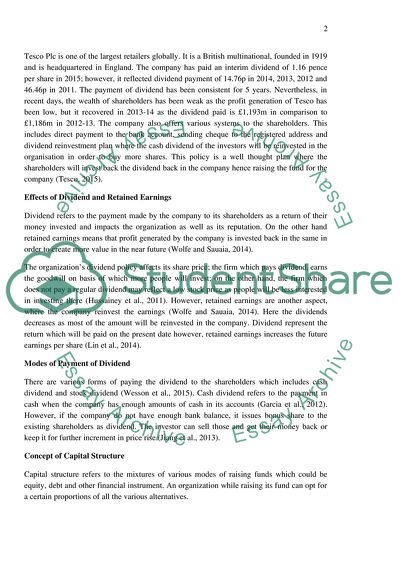Cite this document
(“Dividend Policy Essay Example | Topics and Well Written Essays - 1250 words”, n.d.)
Dividend Policy Essay Example | Topics and Well Written Essays - 1250 words. Retrieved from https://studentshare.org/finance-accounting/1702062-dividend-policy
Dividend Policy Essay Example | Topics and Well Written Essays - 1250 words. Retrieved from https://studentshare.org/finance-accounting/1702062-dividend-policy
(Dividend Policy Essay Example | Topics and Well Written Essays - 1250 Words)
Dividend Policy Essay Example | Topics and Well Written Essays - 1250 Words. https://studentshare.org/finance-accounting/1702062-dividend-policy.
Dividend Policy Essay Example | Topics and Well Written Essays - 1250 Words. https://studentshare.org/finance-accounting/1702062-dividend-policy.
“Dividend Policy Essay Example | Topics and Well Written Essays - 1250 Words”, n.d. https://studentshare.org/finance-accounting/1702062-dividend-policy.


